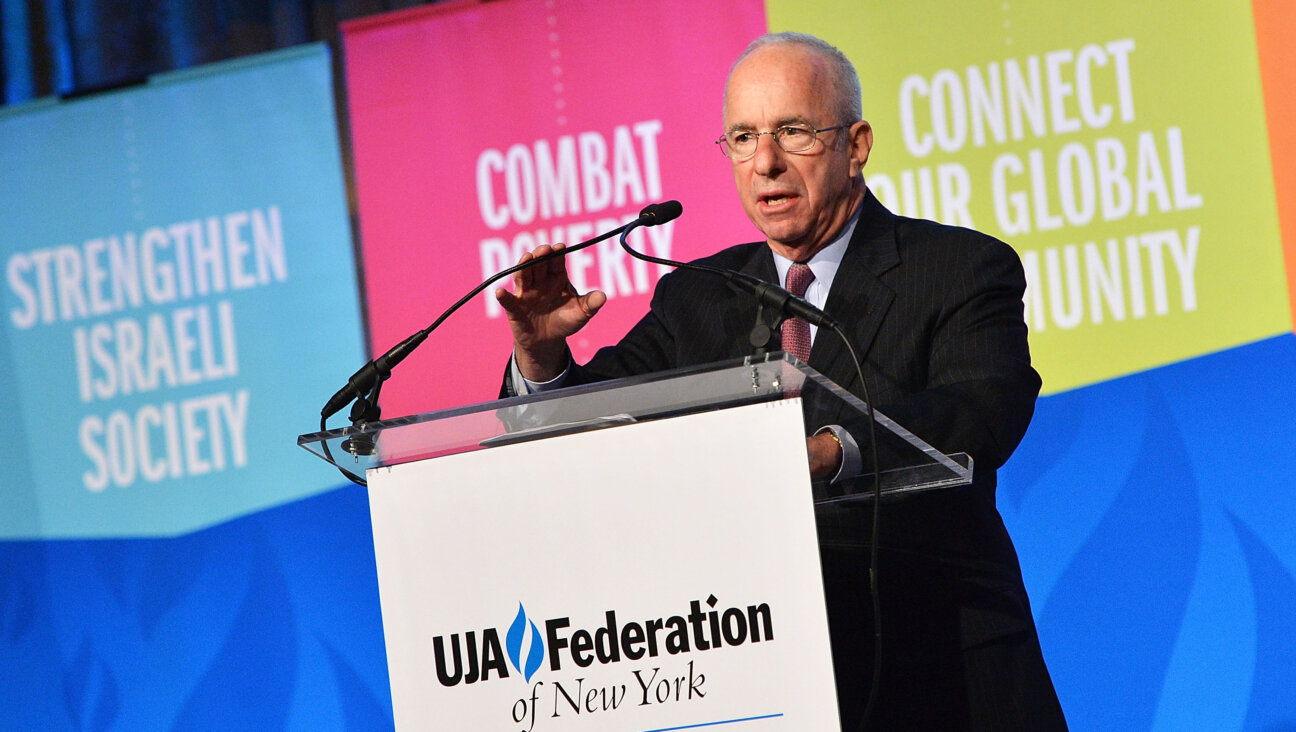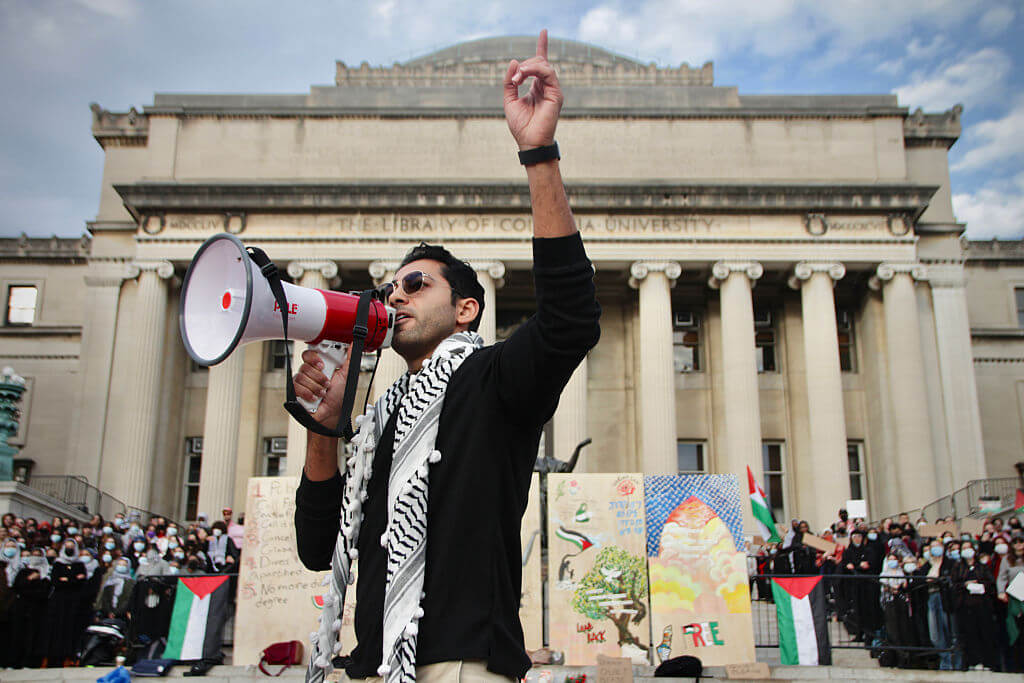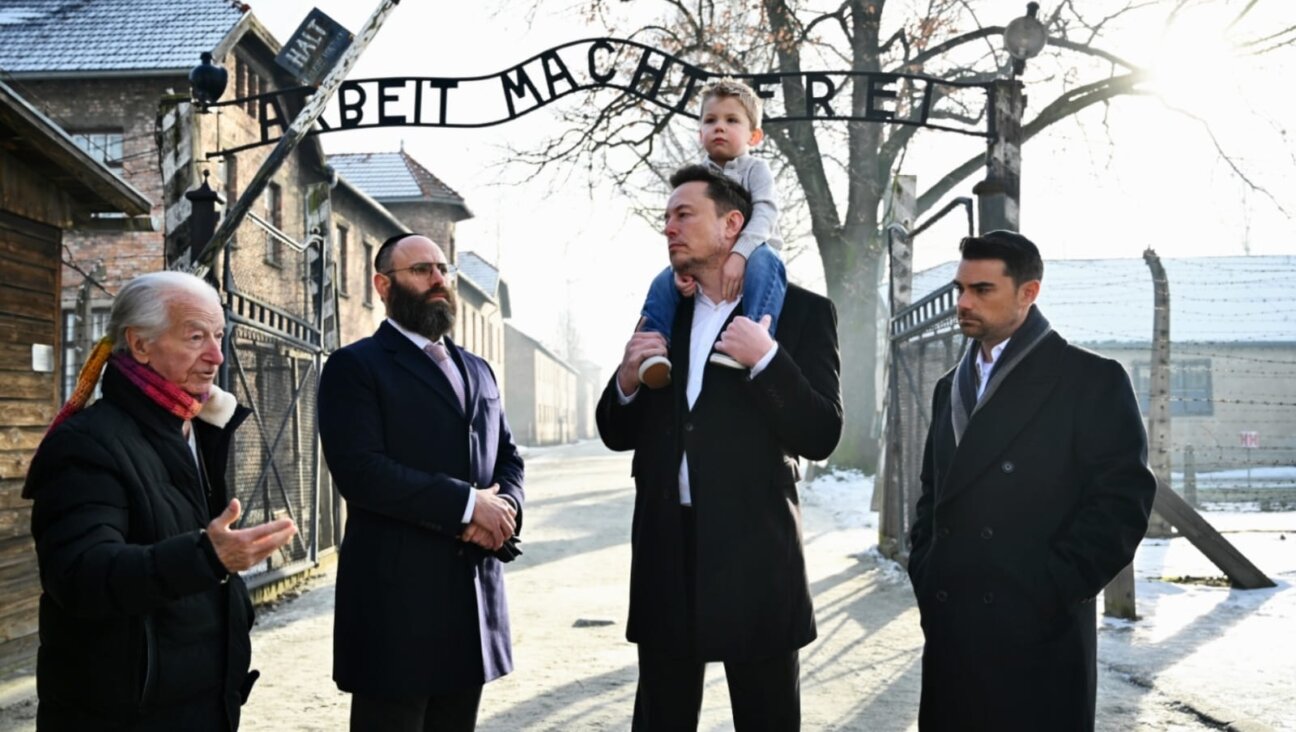Going West on the Road to Happyville
Is there anything more American than the long automobile trip en famille? For some families, like that of writer Calvin Trillin, who grew up in Kansas City, Mo., during the 1930s and ’40s, taking to the road, especially in the years following the war, was a kind of annual contest, pitting endurance against distance. Writing in his poignant memoir, “Messages From my Father,” Trillin recalls the way “we covered the miles in great gulps of driving; as an American driver, my father was always interested in how many miles we had traveled each day.”
For my family, in turn, taking to the road in our snazzy new Oldsmobile was a chance to encounter America, a wild and woolly America with cows, horses, gunslingers, lots of non-Jews and that most exotic — and expensive — of concoctions, the “California fruit salad.” Armed with various and sundry AAA guides and maps, my parents and their three young children made their way one summer during the 1960s from their Long Island home to California, stopping en route to watch the corn grow in Iowa, to huddle under the stars in Yosemite and to experience the thrills of Disneyland, our final destination.
In heading out West, little did we know that we were actually living up to a call issued decades before by John Foster Carr, founder of the Immigrant Publication Society and sponsor of “Guide to the United States for the Jewish Immigrant: A Nearly Literal Translation of the Second Yiddish Edition Published Under the Auspices of the Connecticut Daughters of the American Revolution.” Seeking to ease the immigrant’s transition from the Old World to the New, this 1912 text offered a wealth of logistical and practical information on how to “become an American as soon as you can.” The fastest route was to visit or, better yet, to settle out West. “The immigrant’s best chance is not in New York,” Carr advised. “It is in the interior.… In fact, not until you know the interior, can you know much of true American democracy.” Toward that end, he provided a map of the United States whose cities, towns, mountain ranges and waterways were rendered all in Yiddish.
Some intrepid immigrants, taking Carr — and his map — to heart, found their way to the nation’s heartland on their own. Still others were assisted by the Industrial Removal Office, which was founded in 1901 by several leading Jewish philanthropists of the time — the United Hebrew Charities, B’nai B’rith and the Baron de Hirsch Fund — to help Eastern European Jews to find jobs and settle in areas well outside the all-too-familiar radius of New York, Boston, Philadelphia and Chicago. Despite its unfortunate sounding name, the IRO was a Jewish organization with the noble purpose of lessening urban congestion — and, in turn, diminishing the potential for urban friction. New arrivals, entering through the port of Galveston, Texas, rather than Ellis Island would be greeted by an IRO representative and then, based on a number of variables including family size and occupation, pointed in the direction of one seemingly suitable Midwestern or Southwestern town or another. This, by the way, is how Trillin’s grandfather, and hundreds of his Eastern European compatriots, ended up in St. Joseph, Mo.
The public sector also did its part to attract immigrants. Down South, South Carolina’s Department of Agriculture, Commerce and Immigration, eager for “desirable” white settlers, made a point of wooing Jewish immigrants. It even went so far as to publish a pamphlet, in Yiddish, extolling the many virtues of the “Garden of America.” Claiming that South Carolina was an “ideal place” for “homeseekers, farmers, gardeners, fruit growers, cattle raisers, businessmen, manufacturers, health seekers and tourists,” this 1905 text hoped to persuade Eastern European Jews to call South Carolina their home. “Many immigrants have no concept of this state and, instead of finding there a good home and making a quiet life, [they] stay in the close-by over-crowded cities, where they suffer very much.” Were they to opt instead for the Palmetto State, they would be sure to find a “good and peaceful home,” “pleasant” weather and “help… with all problems.”
Several thousand Jewish immigrants took South Carolina’s Department of Agriculture, Commerce and Immigration at its word, greatly augmenting the state’s Jewish population in the process. While most settled in Charleston and Columbia or in the small towns that peppered the region, 25 Russian Jewish families banded together to form an agricultural colony a few miles outside of Aiken. They called their community Happyville.
A victim of the weather and of economic miscalculations, Happyville, alas, did not last long. Even so, its all-too-brief history, along with the efforts of helpful individuals such as John Foster Carr and concerned institutions such as the Industrial Removal Office, remind us of the promise inherent in the phrase “Jewish geography.”
The Forward is free to read, but it isn’t free to produce

I hope you appreciated this article. Before you go, I’d like to ask you to please support the Forward.
Now more than ever, American Jews need independent news they can trust, with reporting driven by truth, not ideology. We serve you, not any ideological agenda.
At a time when other newsrooms are closing or cutting back, the Forward has removed its paywall and invested additional resources to report on the ground from Israel and around the U.S. on the impact of the war, rising antisemitism and polarized discourse.
This is a great time to support independent Jewish journalism you rely on. Make a gift today!
— Rachel Fishman Feddersen, Publisher and CEO
Support our mission to tell the Jewish story fully and fairly.
Most Popular
- 1

Culture Cardinals are Catholic, not Jewish — so why do they all wear yarmulkes?
- 2

Fast Forward Ye debuts ‘Heil Hitler’ music video that includes a sample of a Hitler speech
- 3

News School Israel trip turns ‘terrifying’ for LA students attacked by Israeli teens
- 4

Fast Forward Student suspended for ‘F— the Jews’ video defends himself on antisemitic podcast
In Case You Missed It
-

Yiddish קאָנצערט לכּבֿוד דעם ייִדישן שרײַבער און רעדאַקטאָר באָריס סאַנדלערConcert honoring Yiddish writer and editor Boris Sandler
דער בעל־שׂימחה האָט יאָרן לאַנג געדינט ווי דער רעדאַקטאָר פֿונעם ייִדישן פֿאָרווערטס.
-

Fast Forward Trump’s new pick for surgeon general blames the Nazis for pesticides on our food
-

Fast Forward Jewish feud over Trump escalates with open letter in The New York Times
-

Fast Forward First American pope, Leo XIV, studied under a leader in Jewish-Catholic relations
-
Shop the Forward Store
100% of profits support our journalism
Republish This Story
Please read before republishing
We’re happy to make this story available to republish for free, unless it originated with JTA, Haaretz or another publication (as indicated on the article) and as long as you follow our guidelines.
You must comply with the following:
- Credit the Forward
- Retain our pixel
- Preserve our canonical link in Google search
- Add a noindex tag in Google search
See our full guidelines for more information, and this guide for detail about canonical URLs.
To republish, copy the HTML by clicking on the yellow button to the right; it includes our tracking pixel, all paragraph styles and hyperlinks, the author byline and credit to the Forward. It does not include images; to avoid copyright violations, you must add them manually, following our guidelines. Please email us at [email protected], subject line “republish,” with any questions or to let us know what stories you’re picking up.














